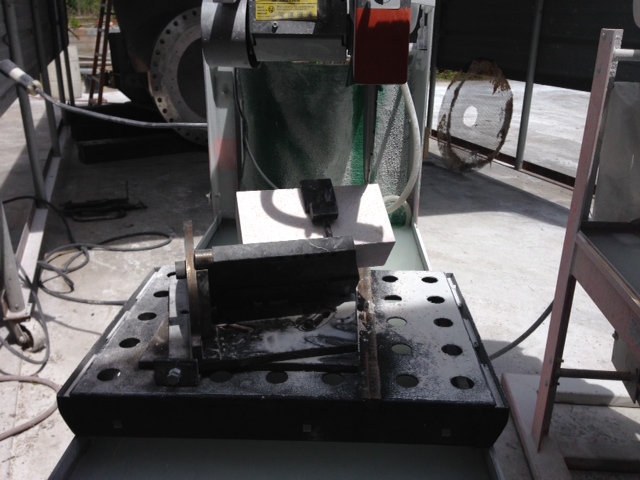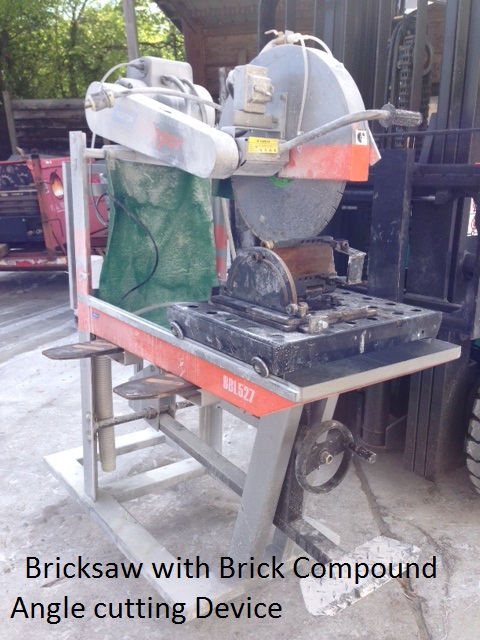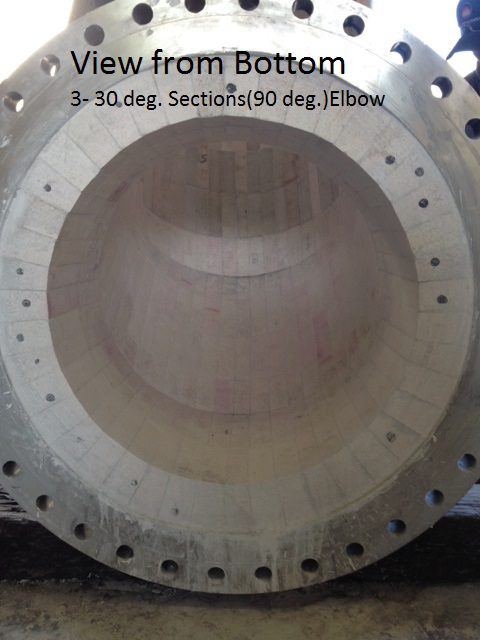A High Tech Application of a Low Tech Refractory
“Fire brick is a thing of the past.”
Have you ever heard that from your refractory contractor? Or maybe said it yourself?
We hear it often. Many new high-quality refractory materials have come into the marketplace over the past 10 years, and it’s natural to want the cutting-edge technology in your plant. Who doesn’t want the latest and greatest?
But sometimes, the cutting edge technology can be leveraged in the configuration and application of the material instead of in the material itself to provide the best possible solution.
Even with a traditional refractory mainstay like fire brick.
The Challenges with Fire Brick
Fire brick is great for straight-line and open applications. But can it be laid properly in a complicated application?
Many in our industry would say no.
But in a recent project, we were tasked with a complicated duct-lining job that would challenge anyone’s knowledge of fire brick application. The installation was in off-gas ducts with high concentrations of acid. Special steel alloys were made to fabricate the duct due to the exposure to the acids.
The job included straight ducts and ducts with 90 degree elbows. All 90 degree elbows consisted of three 30 degree sections. Various monolithic refractories were tried, but none gave the results the client needed. Even with a professional bake-out, the monolithics were just not as serviceable as brick. Fire brick was simply the best material for this specific installation.
Although the brick lining price was higher, the overall cost projected to be much lower when we factor in reduced down time and fewer ongoing repairs. The biggest challenge was that the lining would require brick to be cut with multiple compound angles for exact brick-to-brick fits. Big mortar joints or filling gaps with castable or plastic refractory were not options.
A Unique Solution
In order to successfully complete this project, we had to leverage both the collective knowledge of the F.S. Sperry team – which has been passed down for generations — and new technology skills.
Our solution was to design and fabricate a special jig. Since each brick required exact cuts for its exact placement within the duct, the jig had to ensure exact compound angle cuts on the firebrick time after time after time.
The jig was designed to be installed on a refractory brick saw. We created blueprints as well to minimize the waste of cut brick and ensure that each of the 30 degree ducts were turning properly.
Fire brick still has a place in today’s high-tech world, and it’s the best option in numerous instances – as long as it’s installed properly. We enjoy challenges presented by jobs like this one, and with our knowledge and skills passed down from generations and experienced craftsmen, F.S. Sperry can handle any type of lining job.
Comments are closed.






